The Nikon D7500 marks the biggest departure yet for Nikon’s D7xxx series of enthusiast-focused DSLRs, with the camera borrowing quite a bit of the tech from Nikon's top-of-the-range DX-format DSLR, the mighty D500.
Nikon is keen to stress, however, that this new camera isn't a direct replacement for the D7200, which will continue to feature in the Nikon line-up, but rather slots in above it.
So does the D7500 muddy the waters by adding an extra layer of confusion to the Nikon DX-format range? Or does it do enough to stand out among some pretty impressive stablemates?
Features
- APS-C CMOS sensor, 20.9MP
- 3.2-inch tilt-angle touchscreen, 922,000 dots
- 4K video capture
One of the biggest shake-ups the Nikon D7500 brings is the change of sensor. While both the D7100 and D7200 sported 24MP chips (as, for that matter, did the entry-level D3400 and D5600), here Nikon has opted to use the slightly lower-resolution 20.9MP sensor from the D500, which, as in that camera, is teamed with Nikon's EXPEED 5 image processor.
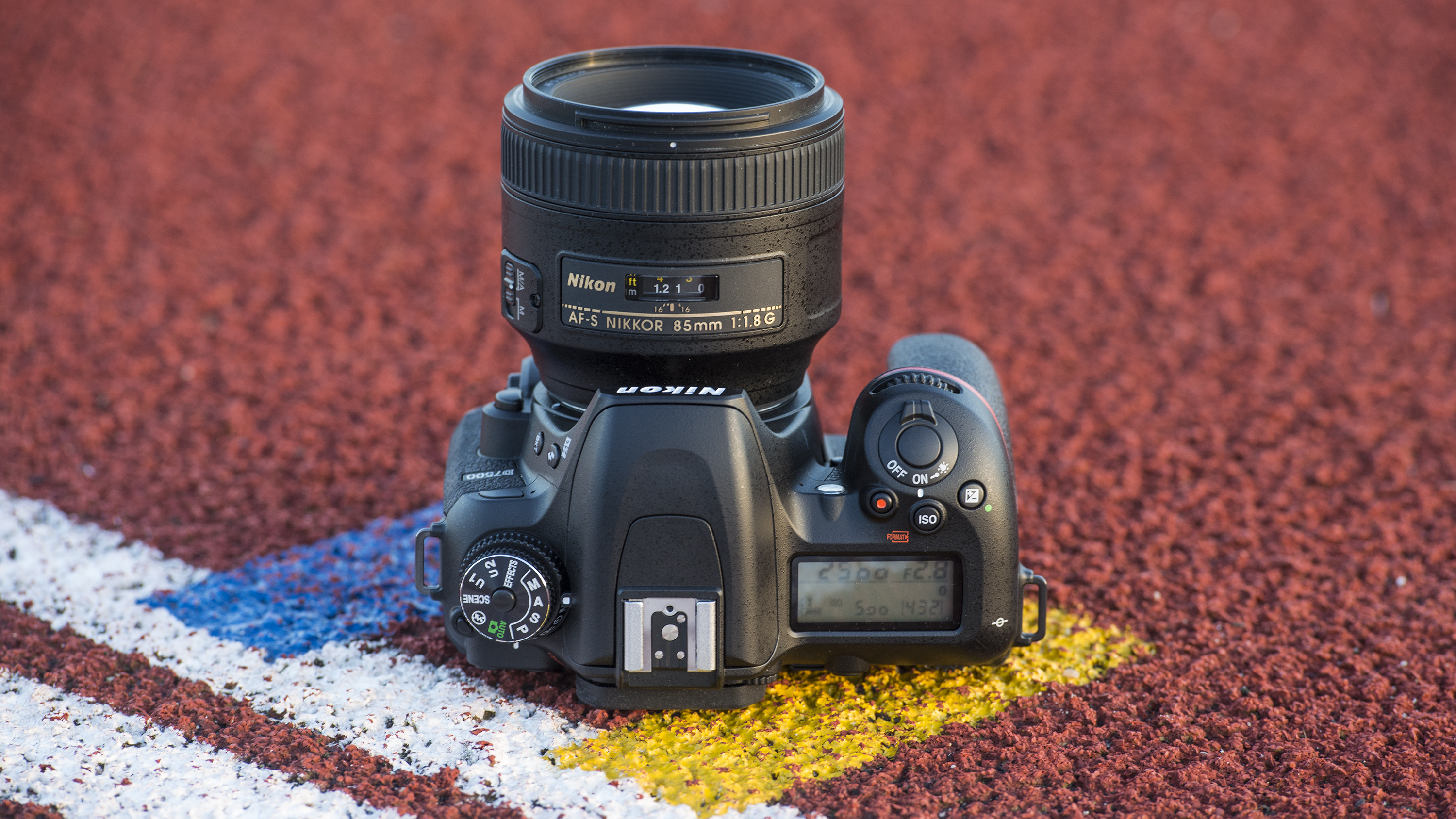
As on the D500, omitting the low-pass filter has enabled Nikon to eke out that bit more detail from the 20.9MP sensor, and while it may seem quite a sacrifice to lose almost 4MP compared to the D7200's 24.2MP, the minor drop in resolution does have advantages, particularly when it comes to sensitivity.
Compared to the D7200’s ISO range of 100-25,600, the D7500’s 100-51,200 standard offers an extra stop of flexibility, but it’s the expanded range that impresses. There’s a low setting of ISO50, while the upper ceiling is a staggering ISO1,640,000. The reality is that these upper sensitivities are likely to be pretty much unusable, but the benefits will be felt further down the sensitivity range, and if the new camera performs like the D500 it should impress in this regard.
While both the D7100 and D7200 sported 3.2-inch displays that sat flush with the camera body, the D7500 has a 3.2-inch tilt-angle touchscreen display with a 922,000-dot resolution (the D500 has a 2,359,000-dot resolution). There’s also an eye-level pentaprism optical viewfinder that offers 100% coverage.
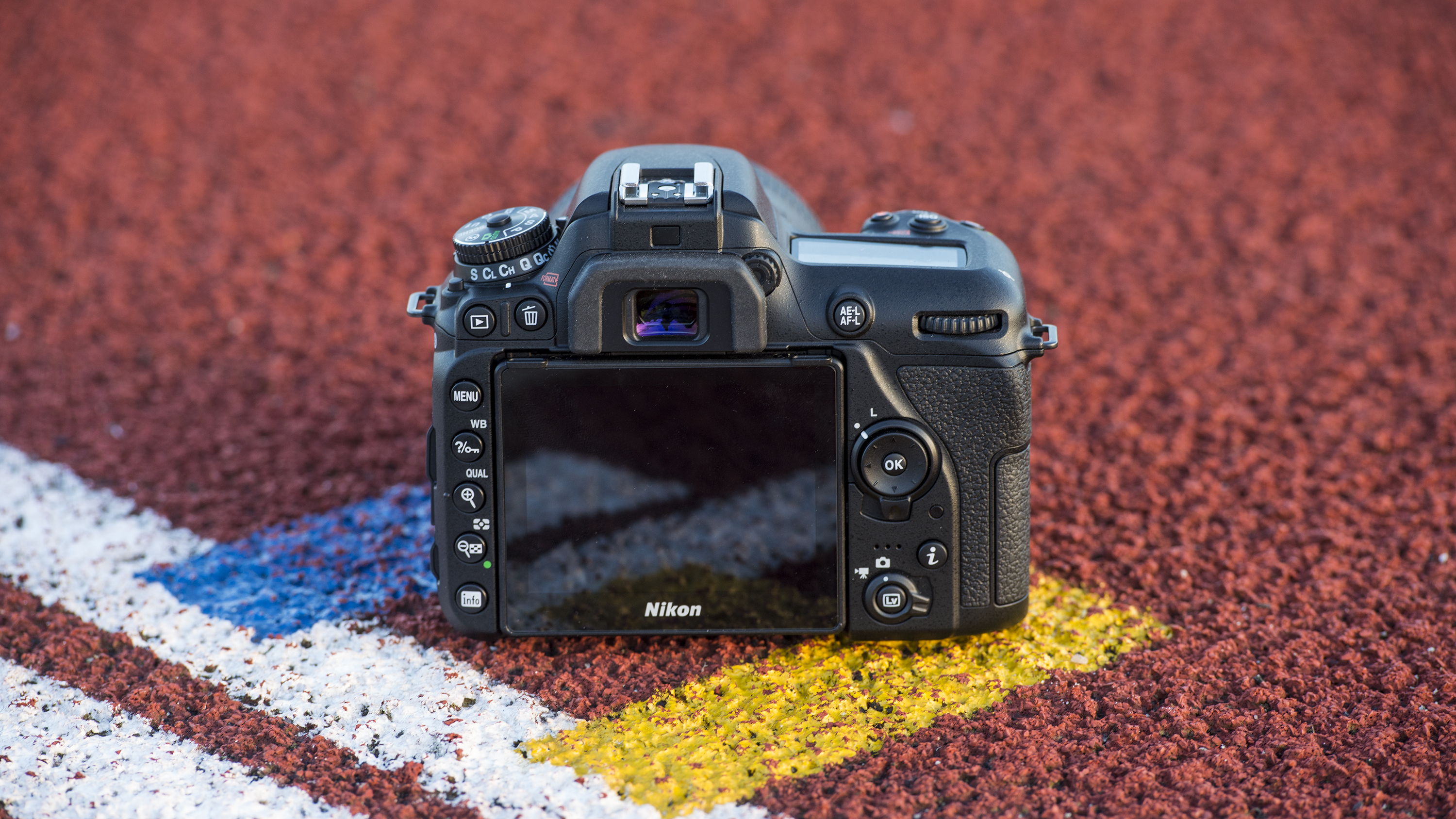
We’re pleased to see 4K UHD (3840 x 2160) video capture arrive on the D7500, at 30, 25 and 24p for up to 29 minutes and 59 seconds. As usual there are lower-resolution video modes, and Full HD footage can be shot in 60p for slow-motion playback. In addition, 4K UHD timelapse movies can be created in-camera, and there's electronic Vibration Reduction to reduce the impact of camera shake when shooting movies hand-held.
The D7500 also offers simultaneous 4K UHD output – to card, and uncompressed via HDMI – as well as a headphone and microphone jack for pro-level audio recording and monitoring.
Speaking of cards, the D7500 only features a single SD card slot, not two, as on the D7200, which will no doubt be a disappointment for some potential buyers.
As we’ve seen with the D500, D3400 and D5600, the D7500 sports Nikon's SnapBridge technology, enabling the camera to stay permanently linked to a smart device over a low-power Bluetooth connection (or via Wi-Fi). This means that after the initial connection has been made images can be transferred automatically to your phone whenever you shoot.
Build and handling
- Weighs 640g / 1lb 6.6oz
- 5% lighter than the D7200
- Comprehensive weather sealing
The Nikon D7500 is 5% lighter than the D7200 (and 16% lighter than the D500), and tips the scales at a modest 640g / 1lb 6.6oz. Despite this minor weight saving though, it feels reassuringly solid in the hand.
Compared to the D7200 the handgrip is that bit deeper, and this, combined with the soft-texture coatings on the front and rear of the grip, ensures that the D7500 feels secure and comfortable in the hand.
The D7500 is chunky enough that when we held the camera our little finger didn't slip off the bottom of the grip, which is just as well as those who want even better purchase and a more comfortable vertical shooting experience will be disappointed to hear that currently there isn't an optional vertical grip available.
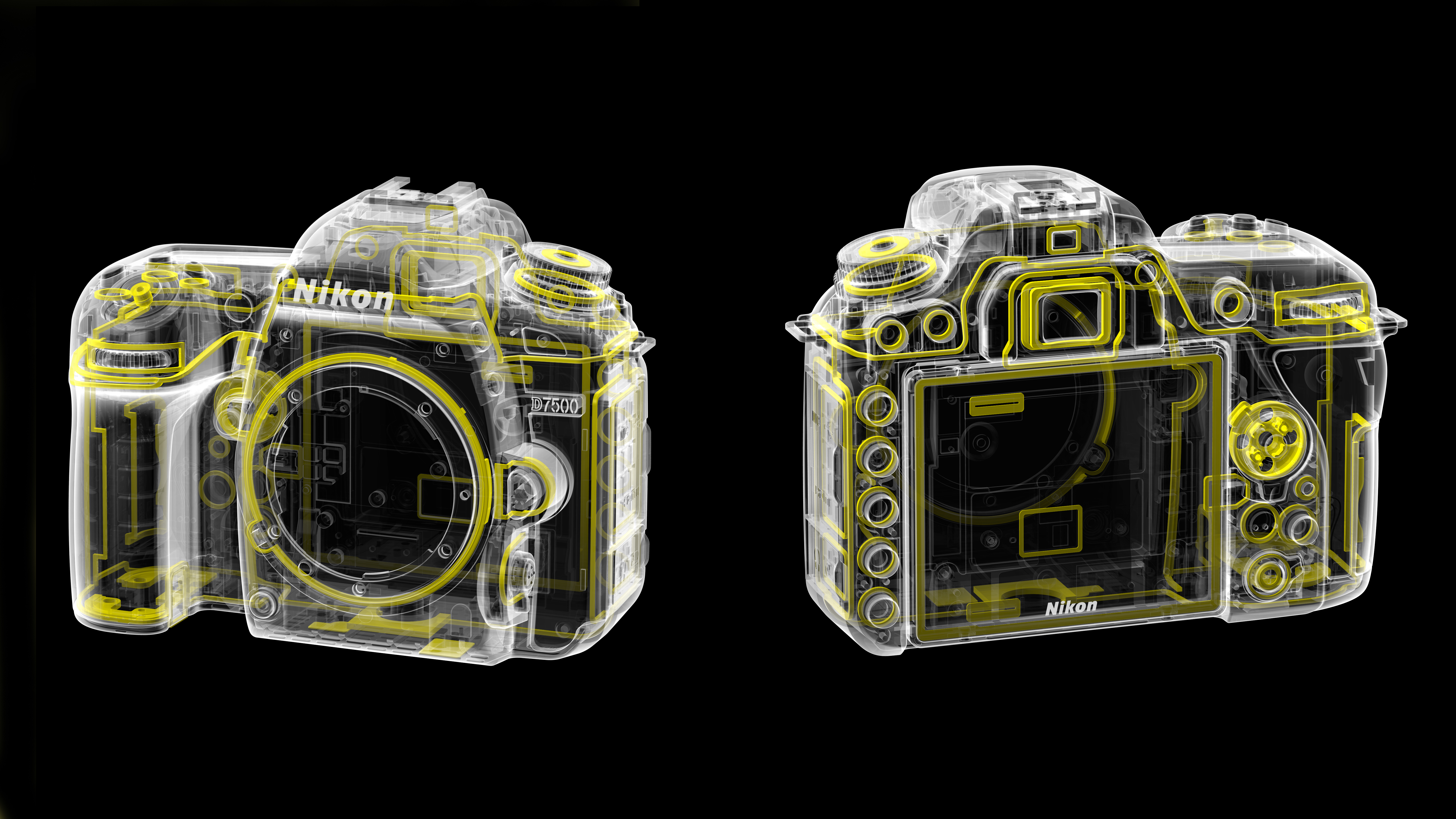
Like the D7200, the D7500 is weather-proofed, so you'll be able to keep shooting when the elements turn against you. Interestingly, the magnesium alloy panels in the D7200's construction have disappeared, and are replaced by a single monocoque construction in an effort to save weight, although despite this apparently retrograde step this still feels like a well-made piece of kit for the price – it certainly doesn't feel plasticky.
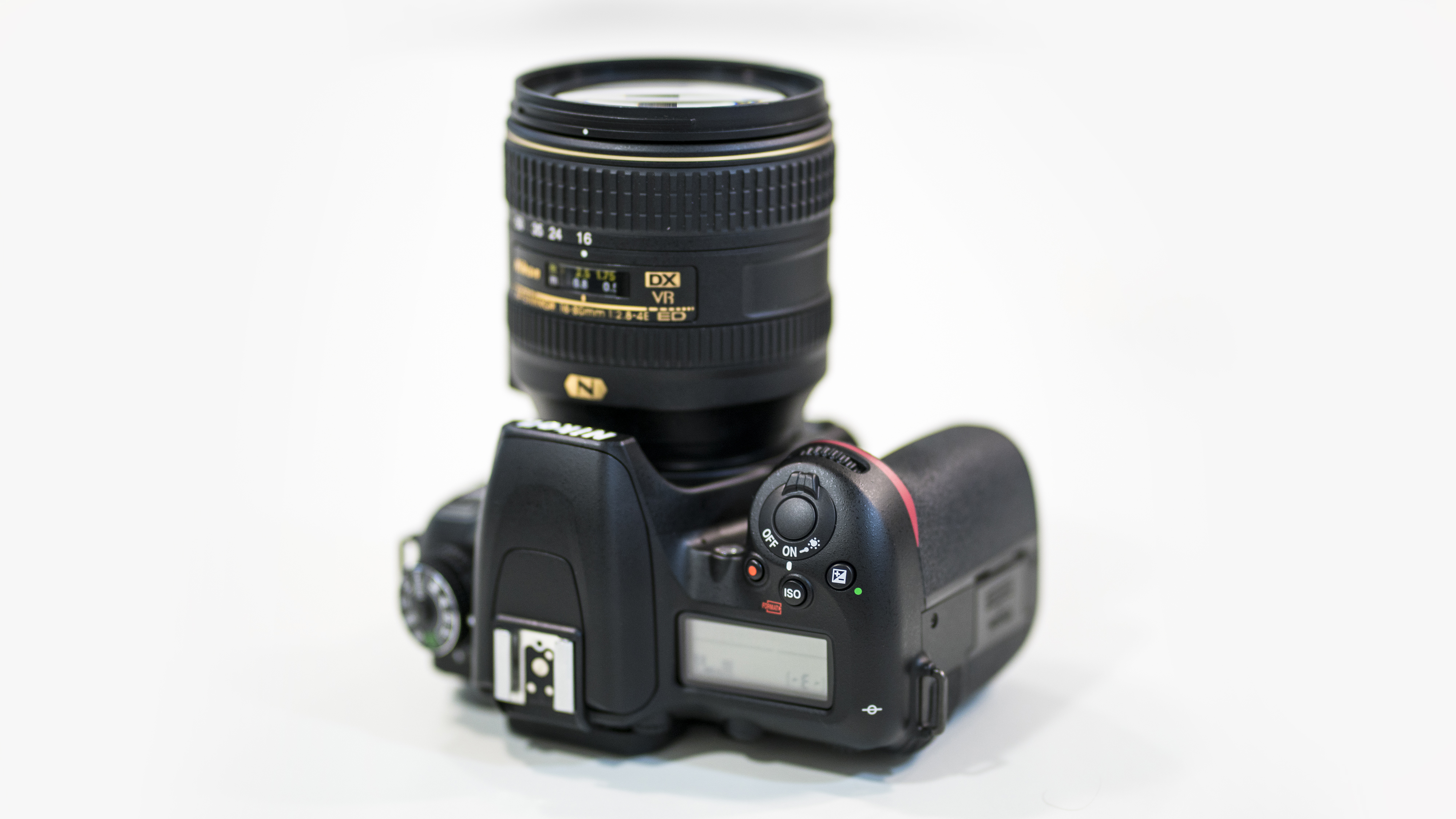
There have also been some tweaks to the Nikon D7500's button placement compared to the D7200.
On the top plate the metering mode button has disappeared, to be replaced by a dedicated ISO button, as we saw on the D500. Its position has shifted slightly to be closer to the exposure compensation control, making it easier to reach when the camera is raised to your eye.
Moving round the back of the D7500, the general control layout remains virtually identical to the D7200. Metering mode now takes the spot vacated by the ISO control, while the 'info' and 'i' buttons have swapped sides.
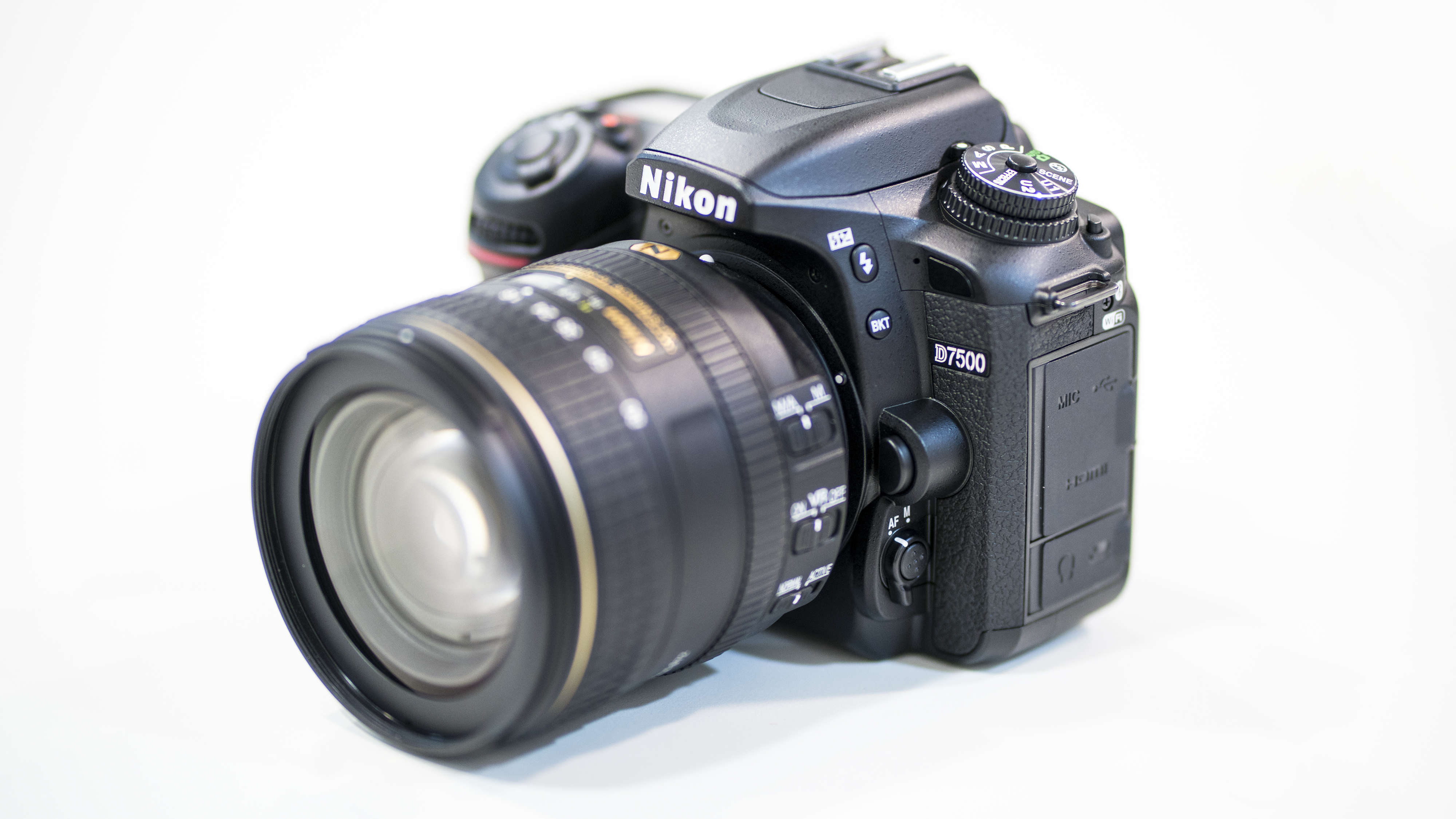
The rear display is a touch slimmer than the D500's when you pull it out and away from the body. It can be tilted downwards and upwards, while it's nice to see some touchscreen functionality arrive on a D7xxx DSLR.
There's obviously tap-to-focus control (you can also tap the area of the screen where you want to focus and trigger the shutter at the same time), while the touchscreen makes reviewing images that much quicker too – you can swipe through photos and pinch-zoom images. The menus can also be navigated via the touchscreen, a first for a Nikon DSLR.
The drop in screen resolution, to 922,000 dots from the D7200's 1,299,000, seems a bit of a backward step however – it's even lower than the D5600's 1,037,000-dot resolution, but in our time with the camera this didn't seem to impact on the user experience, with a decent amount of clarity and good color rendition.
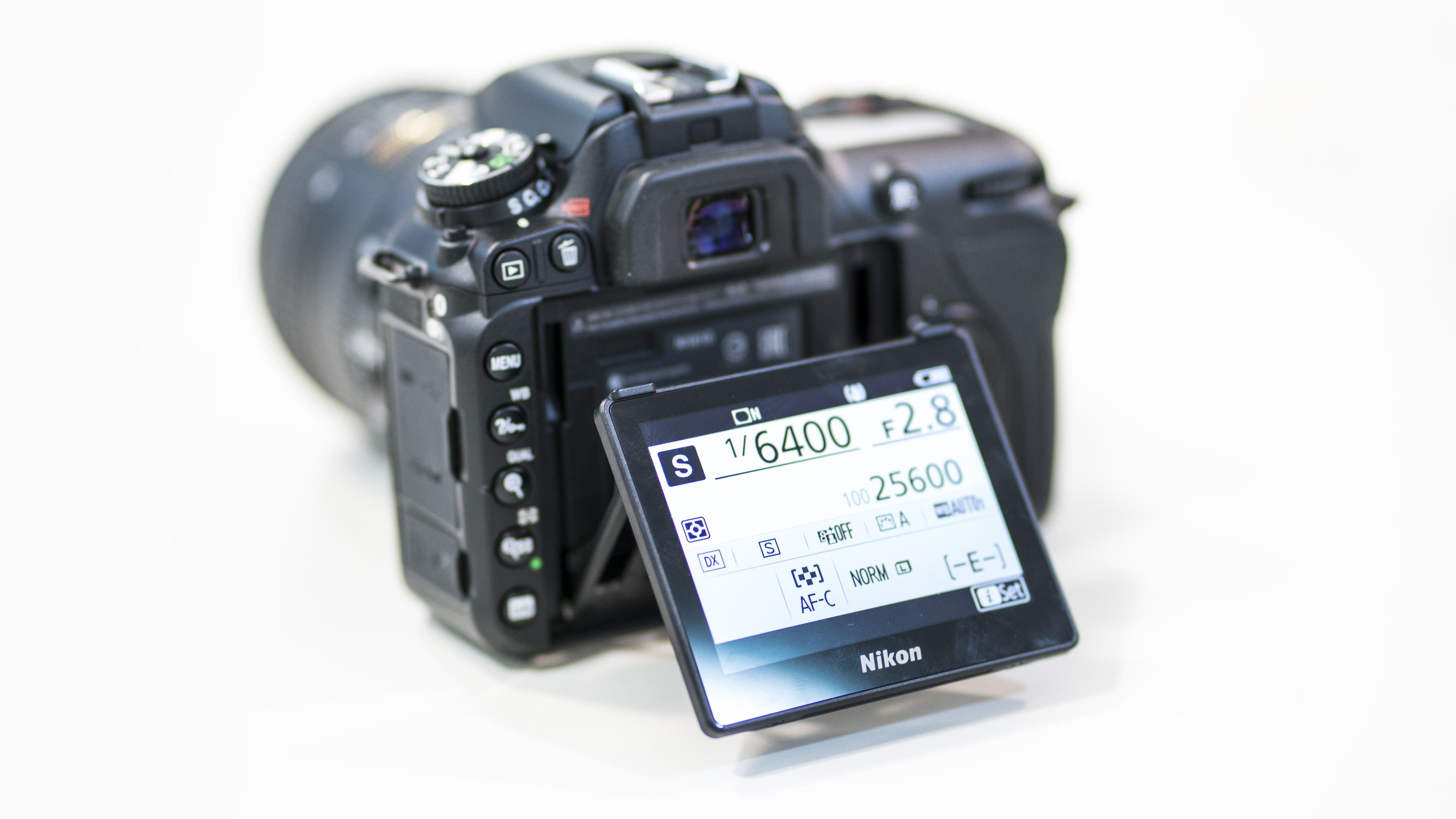
Autofocus
- 51-point AF, 15 cross-type AF points
- Group-Area AF added
- Auto AF Fine Tune
While the Nikon D7500 borrows a lot from the D500, it doesn’t get the same sophisticated 153-point AF system the D500 enjoys. Instead, it gets an uprated version of the 51-point AF system that was in the D7200.
This system may be getting a little long in the tooth, but it’s a tried and tested one that’s still well specified. Fifteen of the 51 AF points are the more sensitive cross-type variety, which offer greater precision and accuracy, while the coverage can be configured down to 21 and nine points if you wish.
This AF system might be getting a little long in the tooth, but it’s a tried and tested one
The D7500’s AF system now gets a Group-Area AF mode, which we first saw on the D810. This promises to enhance subject detection and tracking, with the D7500 constantly monitoring five different AF fields, and improves focus acquisition and background isolation.
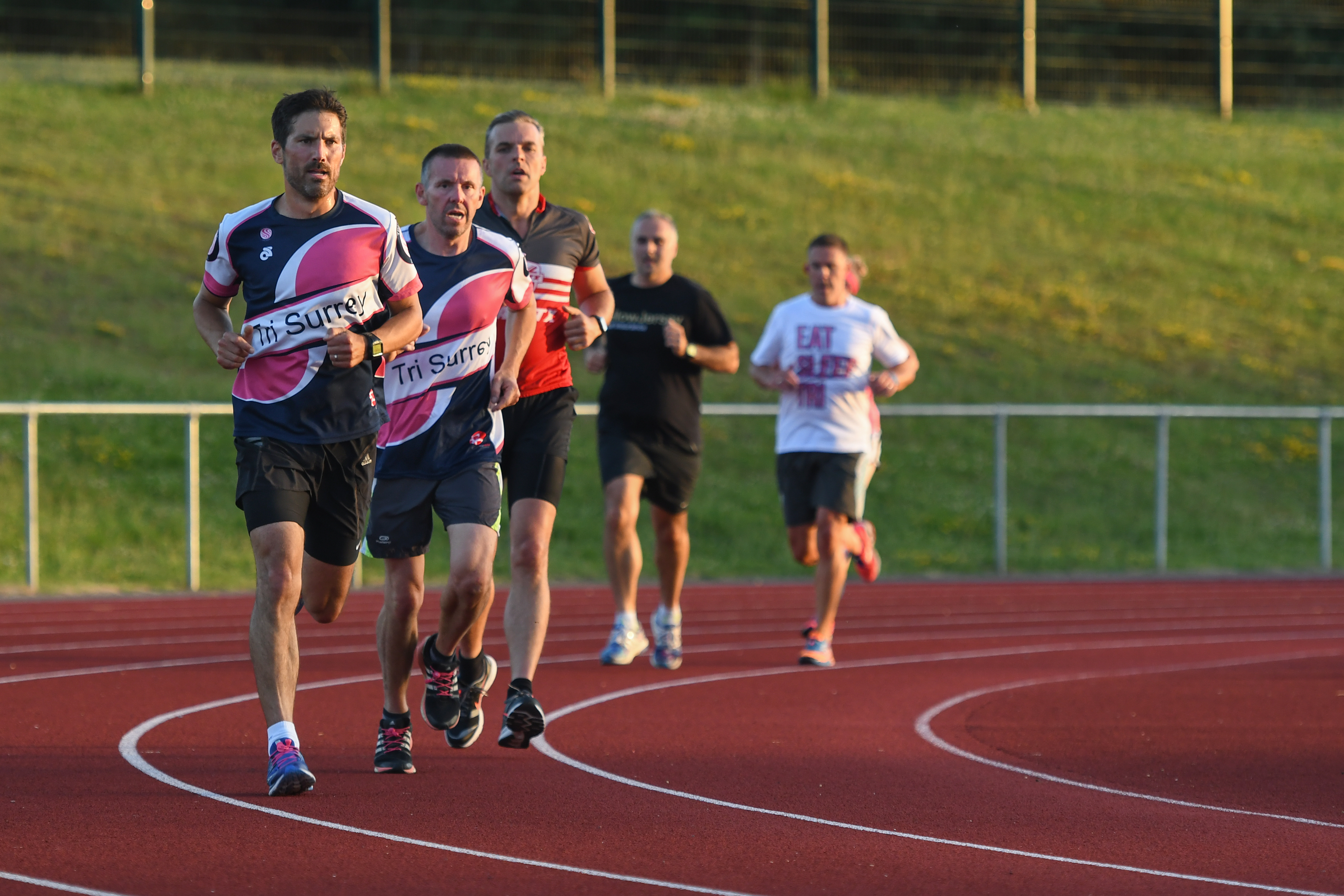
Another subtle difference from the system in the D7200 is that the AF system is hooked up to a different metering sensor, which is used to aid image recognition when focusing. While the D7200 uses the older 2016-pixel RGB sensor, the D7500 enjoys the same 180,000-pixel RGB sensor as the D500, which when combined with the decent coverage of AF points across the frame delivers reliable AF tracking performance.
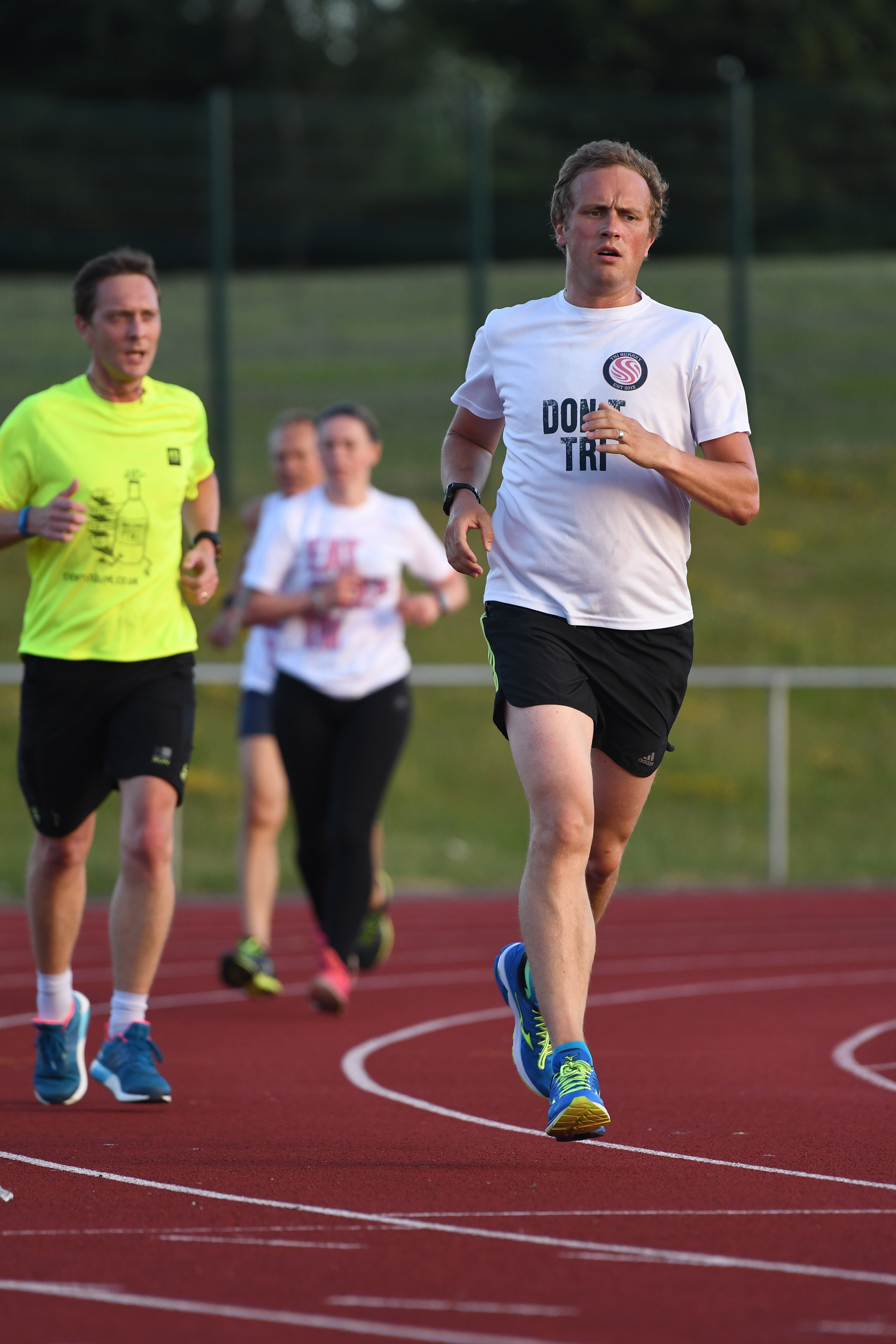
Like both the D500 and the D5, the D7500 gets the Auto AF Fine Tune feature, which when in Live View enables users to automatically calibrate autofocus with specific lenses if required.
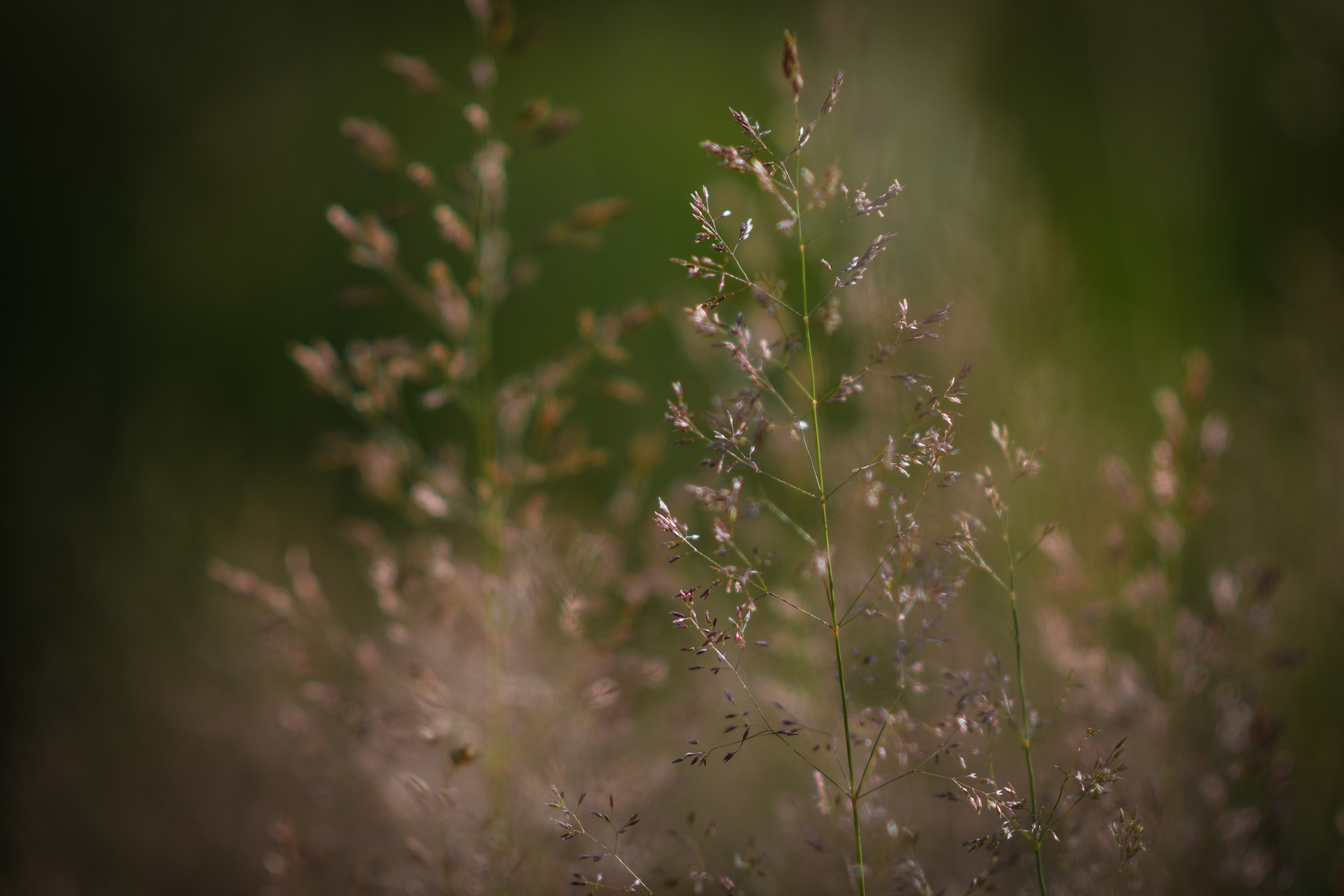
Autofocus in Live View can be a bit of a clunky experience with many Nikon DSLRs, but it's a bit more refined on the D7500. It's not a match for Canon's excellent Dual Pixel AF system that we've seen in several recent cameras, but focusing is better than we've experienced with a lot of other Nikon bodies, while the ability to tap-focus using the touchscreen speeds things up greatly.
Performance
- 8fps burst shooting
- 180K-pixel metering sensor
- 950-shot battery life
With a raft of mirrorless cameras, such as the Fujifilm X-T2, overshadowing the 6fps burst shooting performance of the D7200, it’s no surprise to see the Nikon D7500 offering 8fps.
Helped by the new EXPEED 5 image processor, the D7500 can shoot a burst of 50 raw files before the buffer needs to clear – quite an improvement over the D7200’s 18 raw files at 6fps.
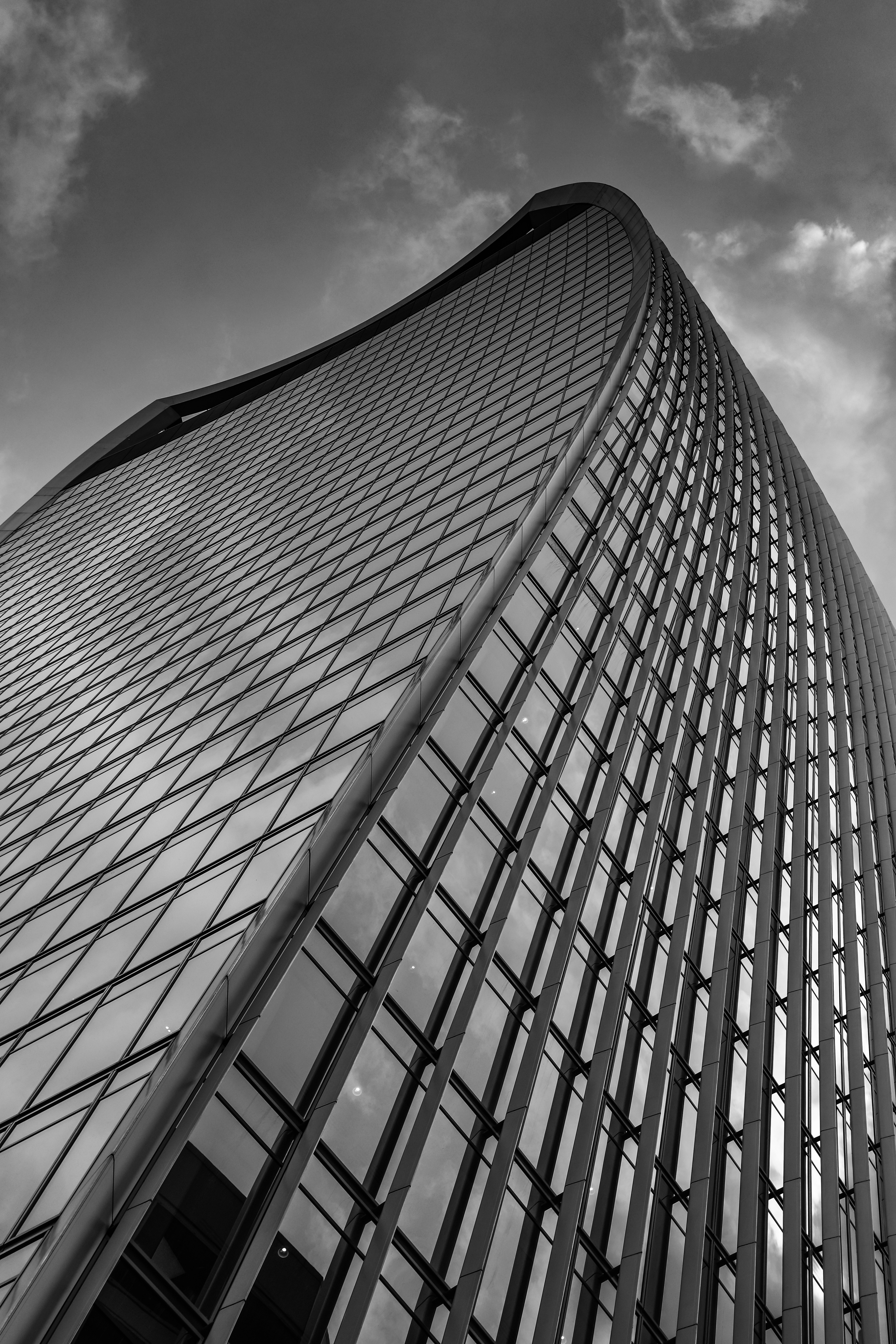
As we've touched upon, the D7500 inherits the D5 and D500’s 180,000-pixel RGB sensor, which handles metering and white balance, as well as informing the automatic scene recognition system to help improve autofocusing with better subject detection.
As expected the metering system performs very well, consistently delivering spot-on exposures, while the Auto White Balance does a solid job too.
There's a new battery as well – the EN-EL15a is good for 950 shots before it needs charging. That's streets ahead of most mirrorless cameras, for which you'd need two or more batteries to even think of getting that kind of endurance, but it's actually down 150 shots from the D7200's 1,100-shot battery life – undoubtably one of the trade-offs for having the more powerful EXPEED 5 image processor on board here.
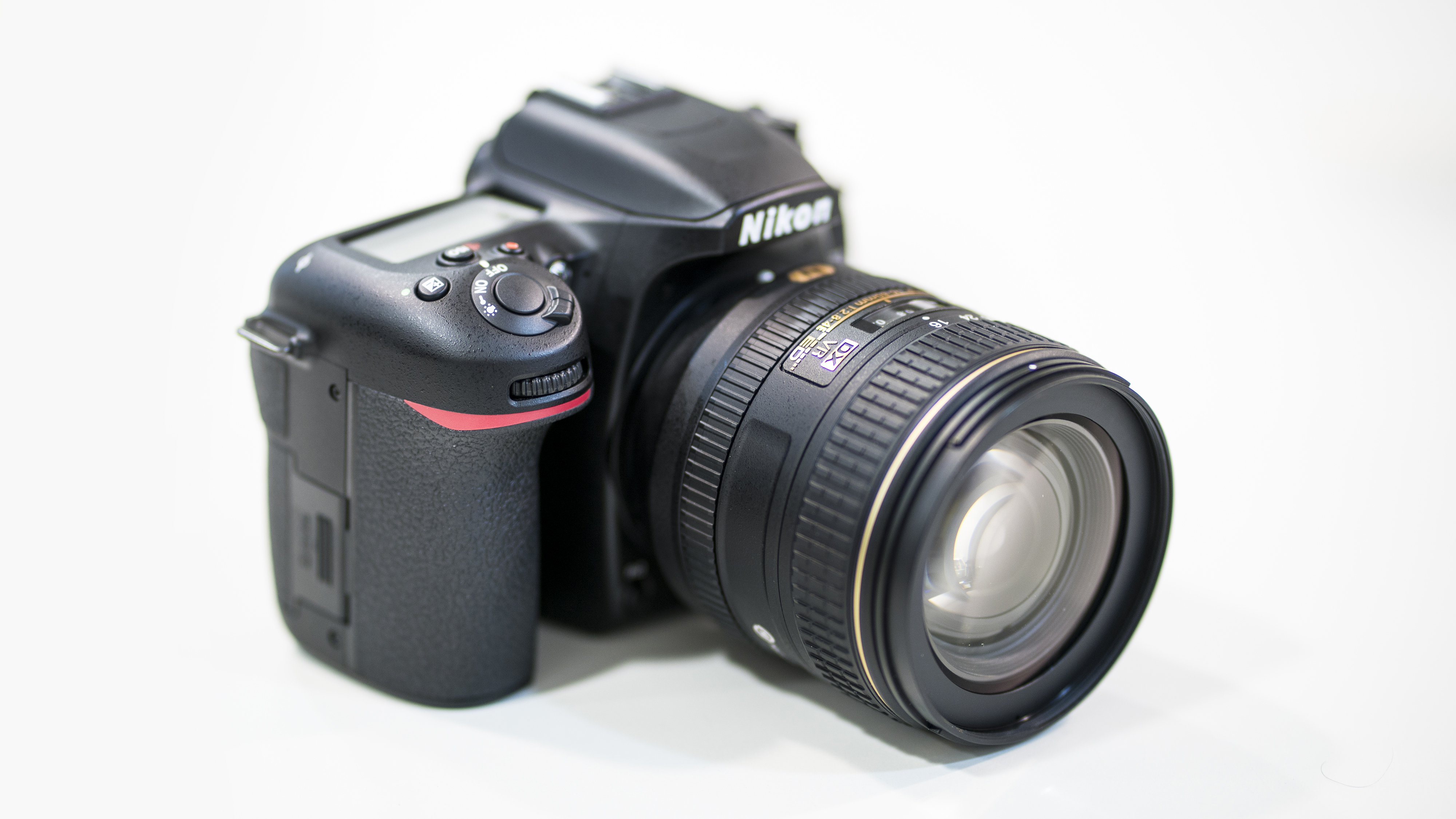
Image quality
- ISO100-51,200, expandable to 50-1,640,000
- Impressive dynamic range
- Excellent noise performance
With the same sensor as the fabulous D500 at the heart of things, the results from the Nikon D7500 are predictably excellent.
It may have slightly less pixels than more affordable DX Nikon DSLRs, but unless you're going to spend most of your time shooting at ISO100, the minor drop in resolution is a compromise worth making.
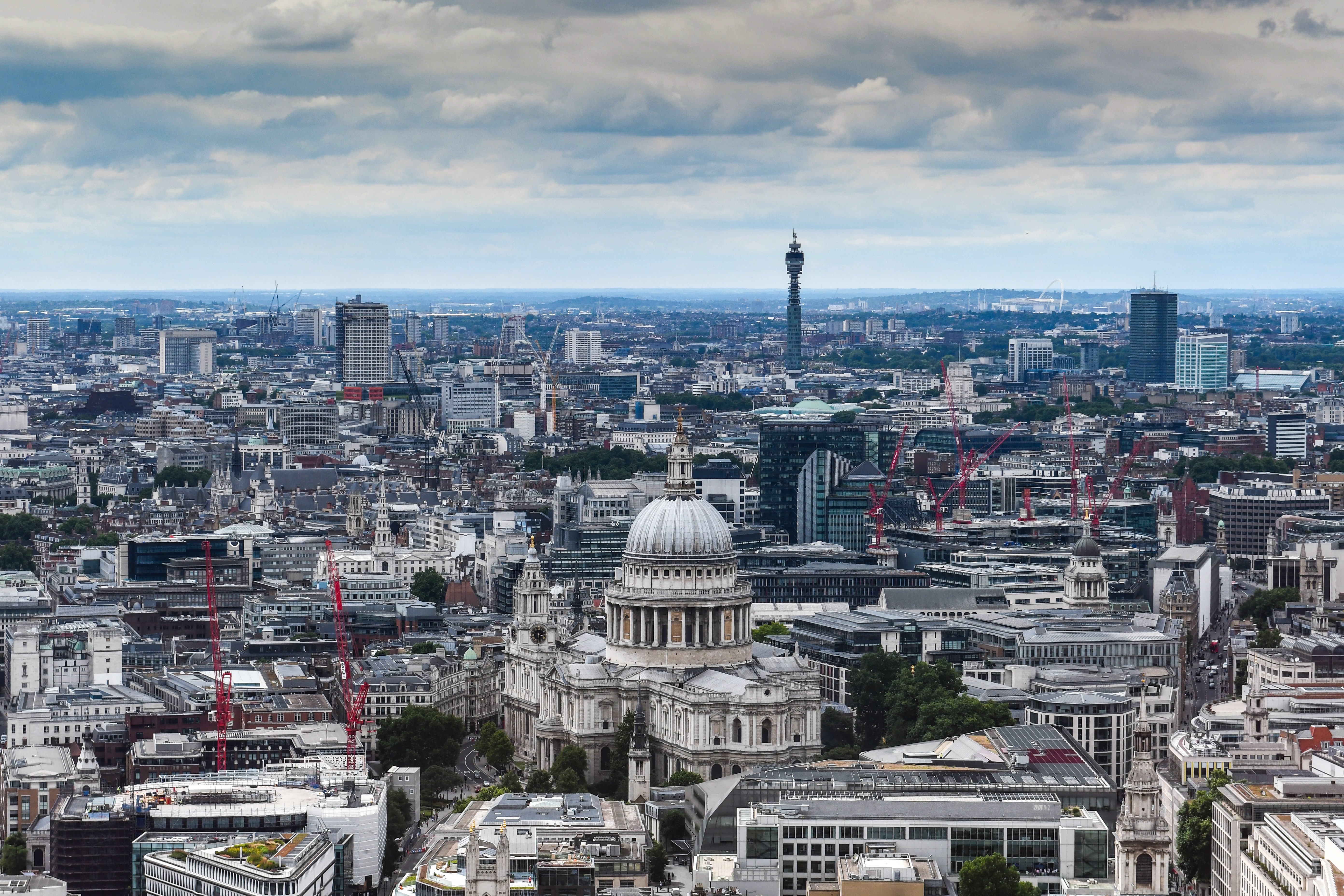
This is underlined when you look at images through the ISO range. Shots taken at the lower end of the sensitivity range display excellent levels of detail, but the camera really starts to shine as you bump up the ISO setting.
While detail does suffer a touch at ISO6400, results stand up remarkably well. Increase the sensitivity a further stop to ISO12,800, and while there's now a hint of chroma (color) noise in shots, results are still very good.

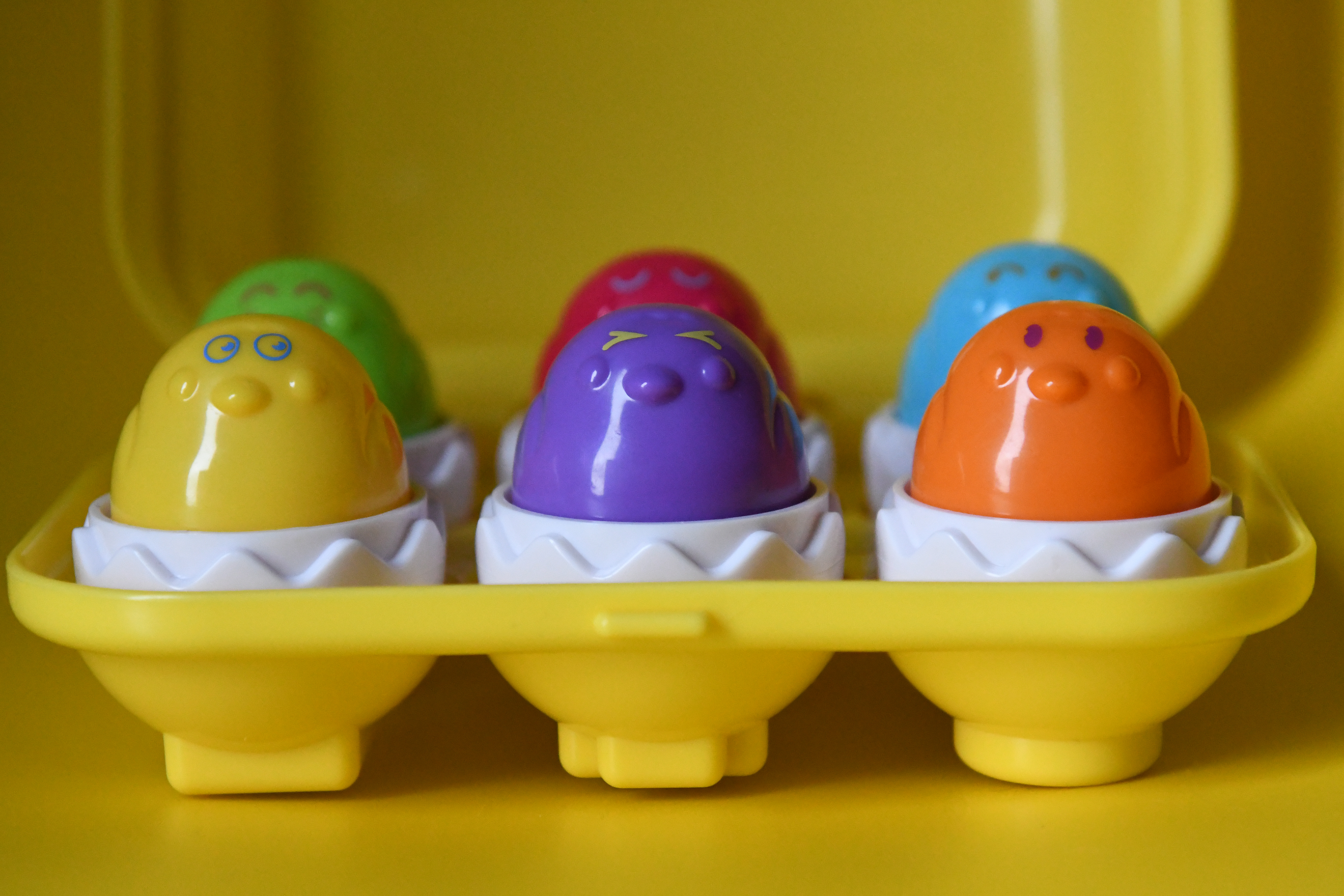

As you'd expect, luminance (grain-like) noise becomes more pronounced at ISO25,600 and ISO51,200, but the results are still some of the best we've seen from a camera at these sensitivities.
Once you go beyond the realm of the camera's native sensitivities, things do tail off. That said, results at Hi1 (ISO102,400) are actually pretty good for such a high value, but banding starts to creep into images shot at Hi2 (ISO204,800); we'd caution against using anything higher, as results can look pretty murky and suffer from a severe lack of detail.
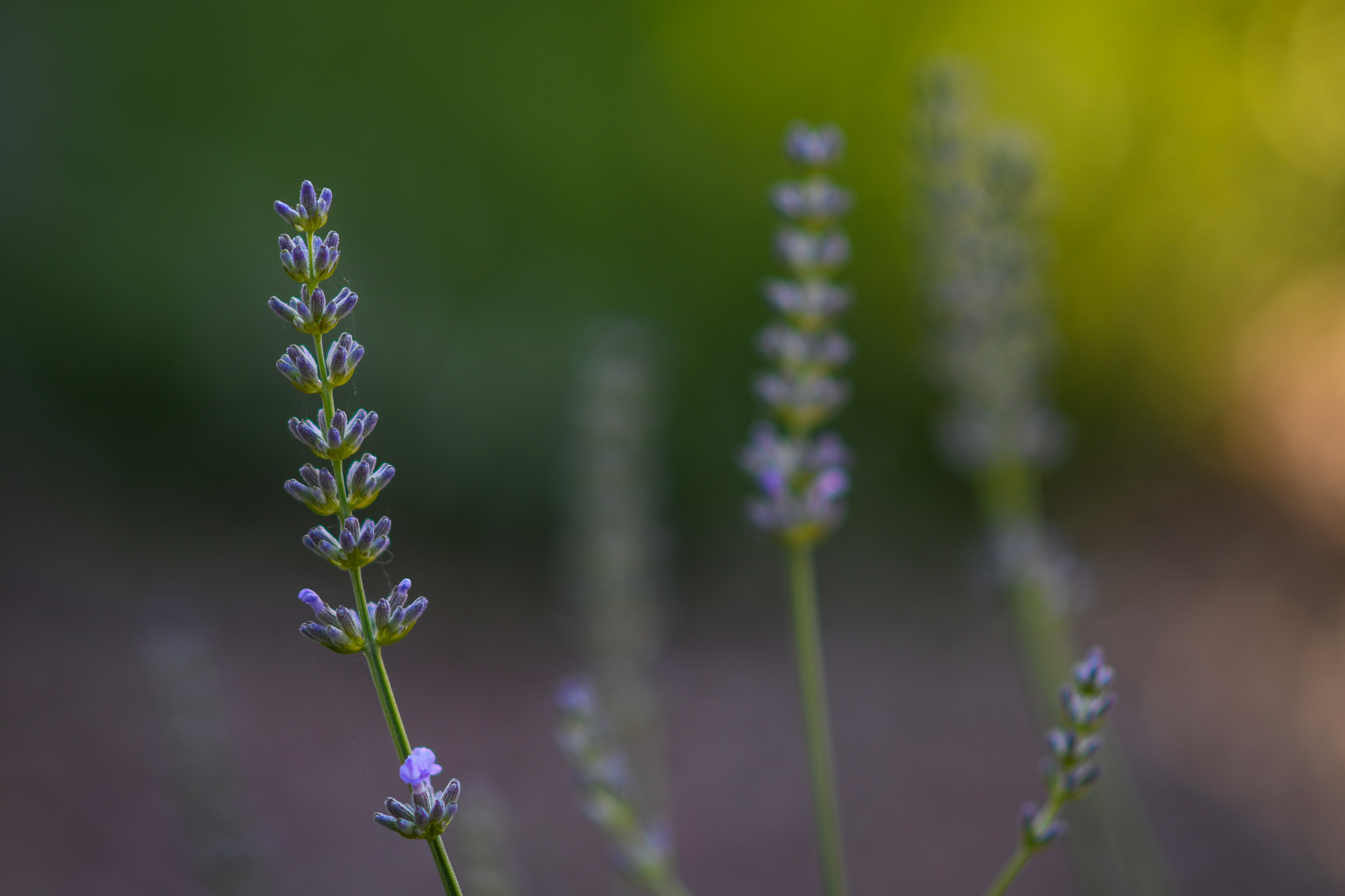
Dynamic range is also very impressive. It's possible to recover shadow detail in a shot that's been underexposed by some five stops – even six at a push – and still end up with a very satisfactory shot.
Verdict
This latest addition to Nikon’s DSLR line-up represents the biggest revamp we’ve seen in the D7xxx series since the D7000 arrived and replaced the D90.
Getting one negative out of the way first, we can't help feeling that the absence of any magnesium alloy in the Nikon D7500's construction is a cost-cutting exercise, although having said that the monocoque construction certainly feels durable enough.
That aside, there are certainly a lot of tempting features on offer here. The new camera may not get the 153-point AF system from the D500, but the enhanced 51-point system in the D7500 still puts a lot of rival systems in the shade, while the 4K video capture, tilt-angle touchscreen display and 8fps burst shooting are some of the highlights of this very well-specified camera.
The most exciting thing about the Nikon D7500, though, is the appearance of Nikon's 20.9MP sensor and EXPEED 5 image processing engine in a more compact and affordable body. This is something that's bound to attract the attention of both new users and existing ones who are looking to upgrade, but who can't quite justify the leap to the D500.
Think of the Nikon D7500 as the D500's smaller brother then – and that can only be a good thing.
Competition
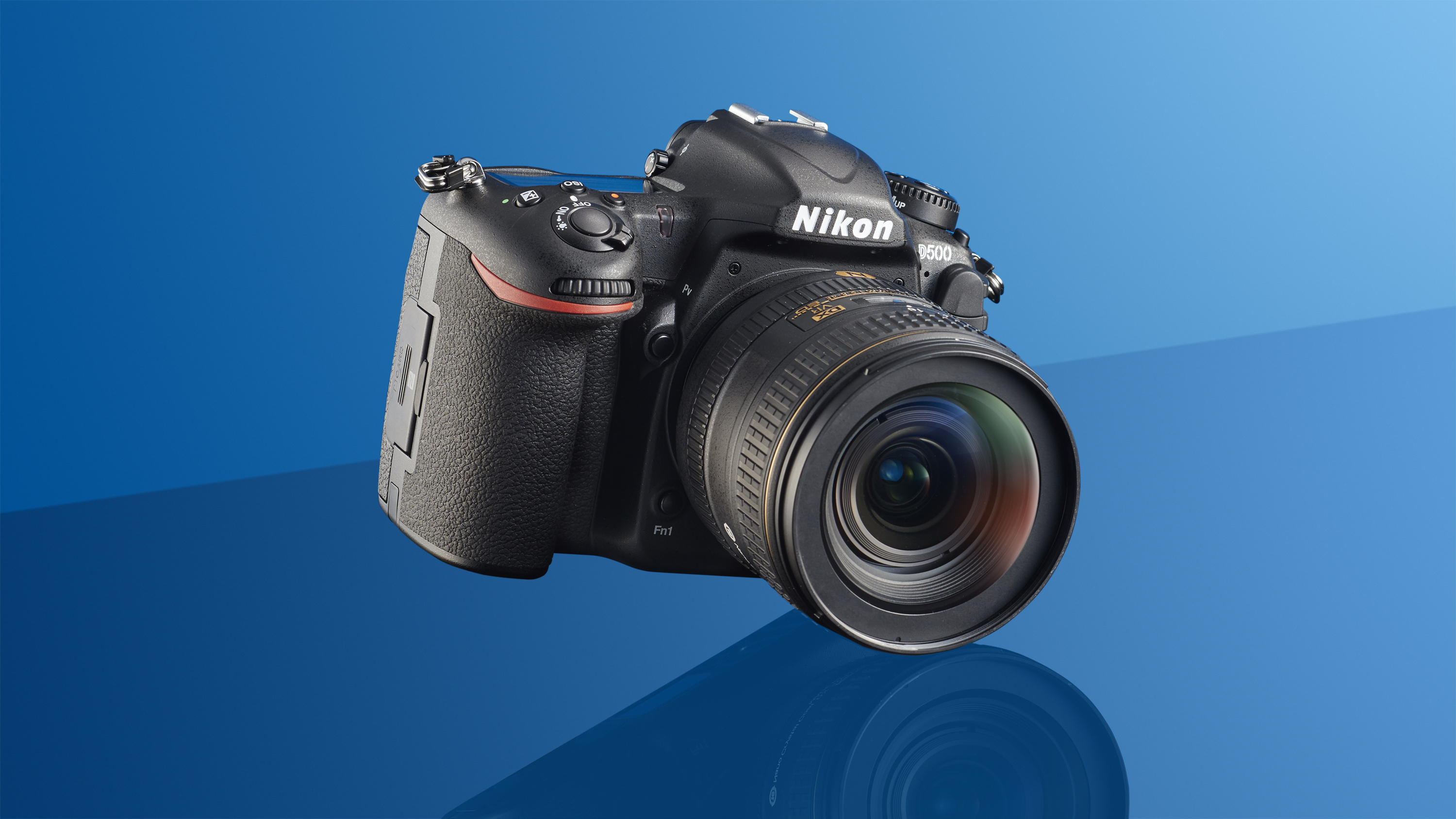
Nikon D500
The D500 is Nikon's top-of-the-range DX-format DSLR, and a camera that the D7500 borrows a lot of features from, including the 20.9MP sensor. Pay the extra though and you get even better AF performance, thanks to a brilliant 153-point AF system that'll cope with pretty much anything. Marry that to a camera that can shoot 10fps for 200 shots and a rock-solid build, and you have one of the best DSLRs out there.
Read the full review: Nikon D500

Nikon D7200
Nikon's D7200 has been a firm favorite amongst enthusiast photographers, and it's easy to see why. Packing in a brilliant sensor that's complemented by an impressive specification, there's little not to like. The D7500 is the better camera overall, but the D7200 is that bit more affordable, and should still be a tempting proposition.
Read the full review: Nikon D7200
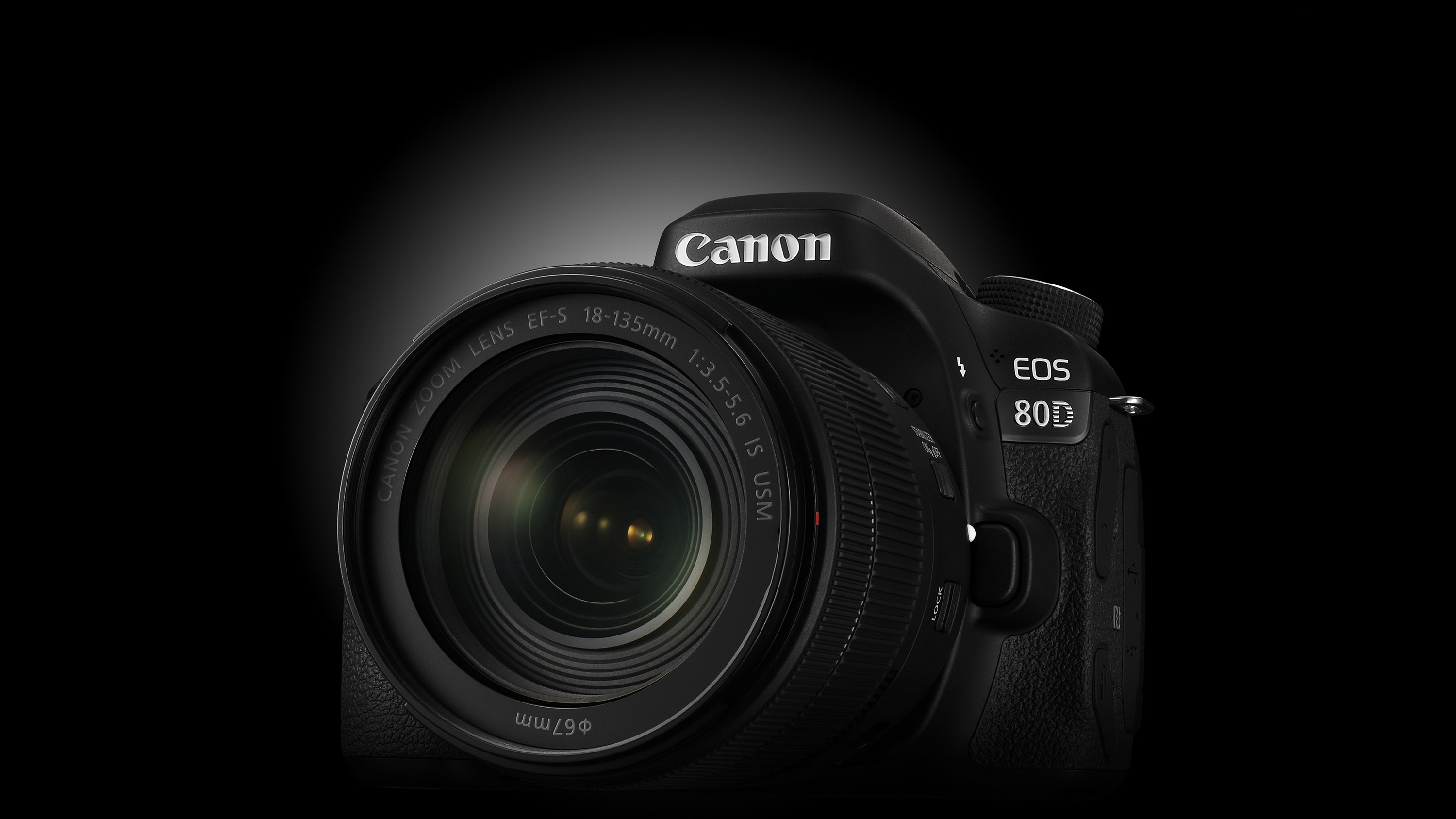
Canon EOS 80D
Perhaps the biggest non-Nikon rival to the D7500 is Canon's EOS 80D. It's a hugely capable enthusiast DSLR, although it's edged out by the D7500 when it comes to performance. That said, if you're going to be shooting a lot with the rear display, you may be tempted by the EOS 80D's rear vari-angle screen and brilliant Dual Pixel AF.
Read the full review: Canon EOS 80D